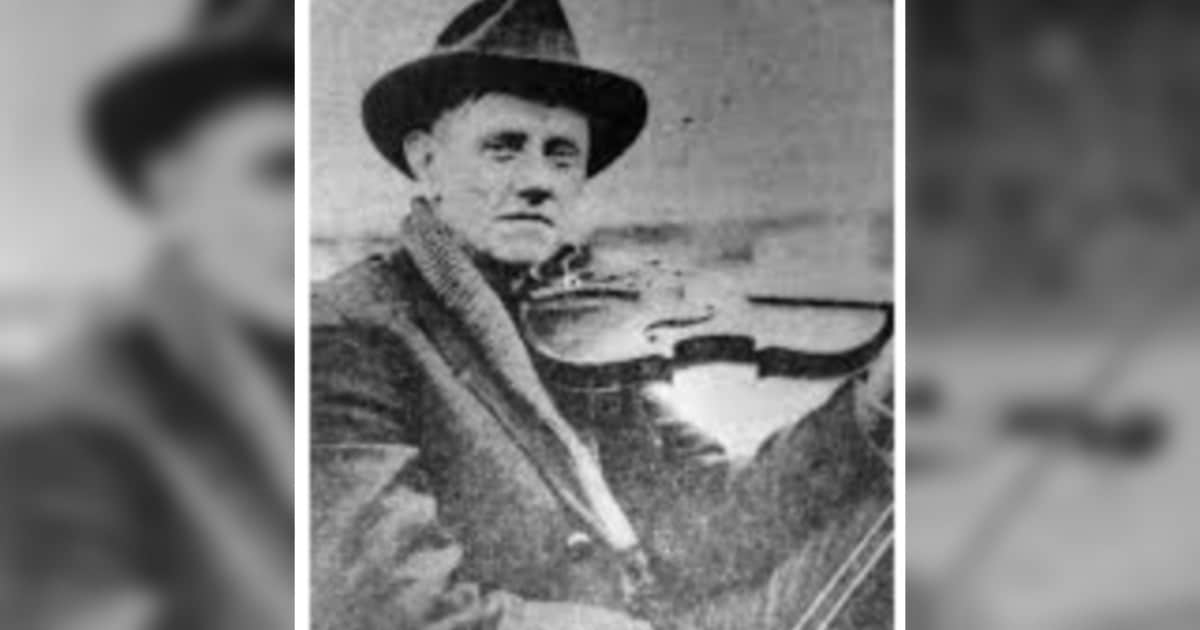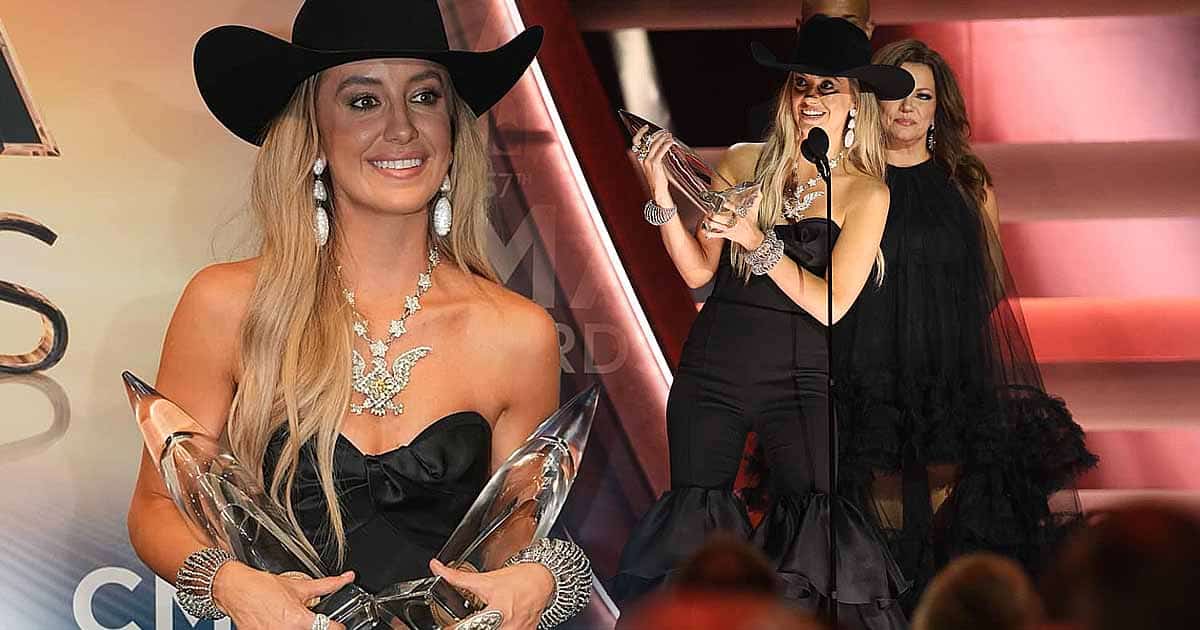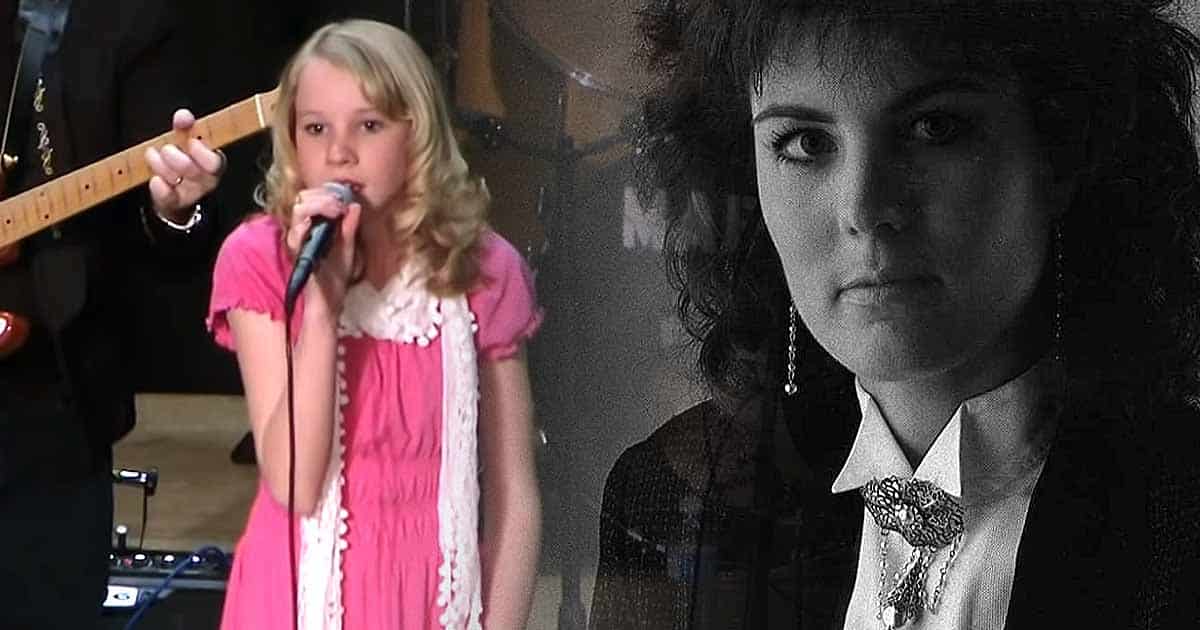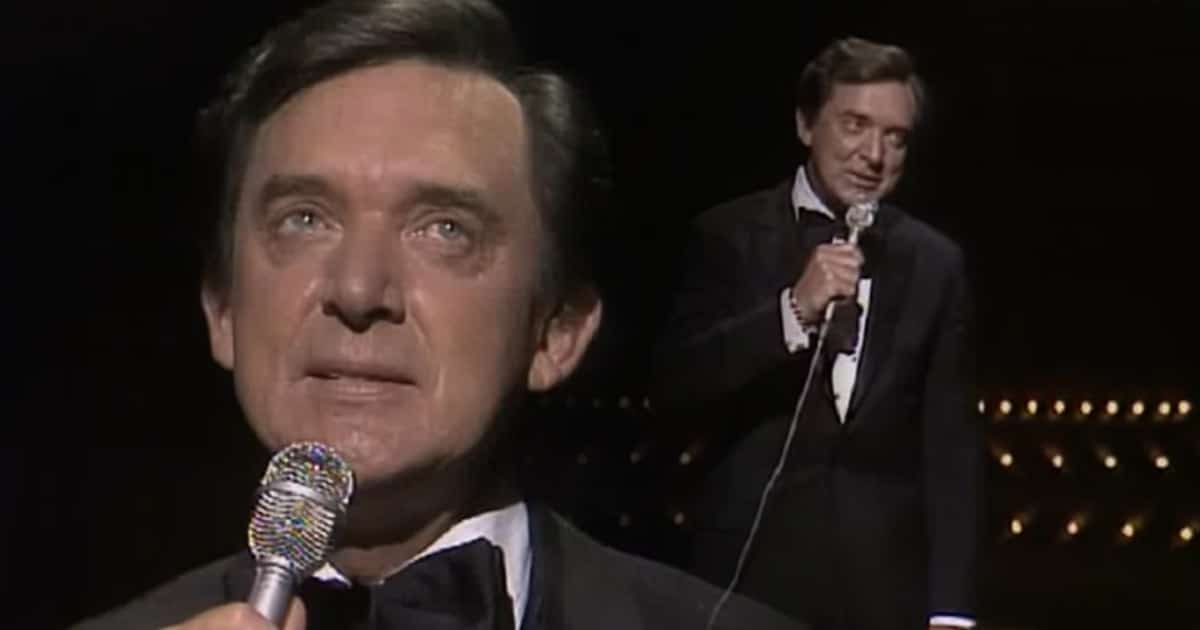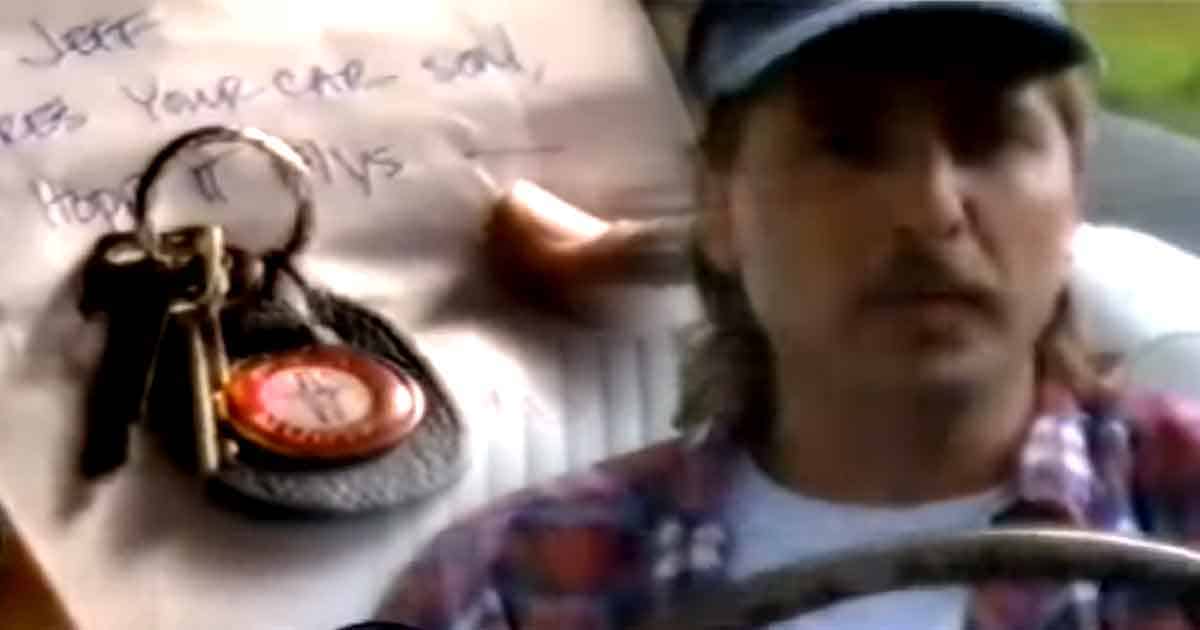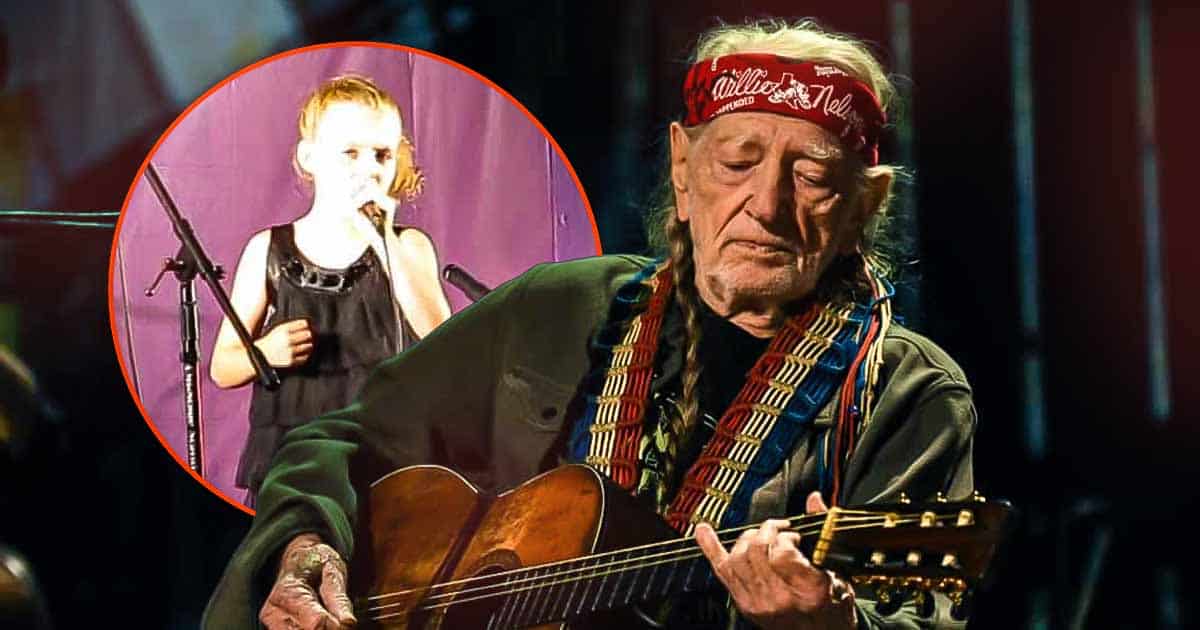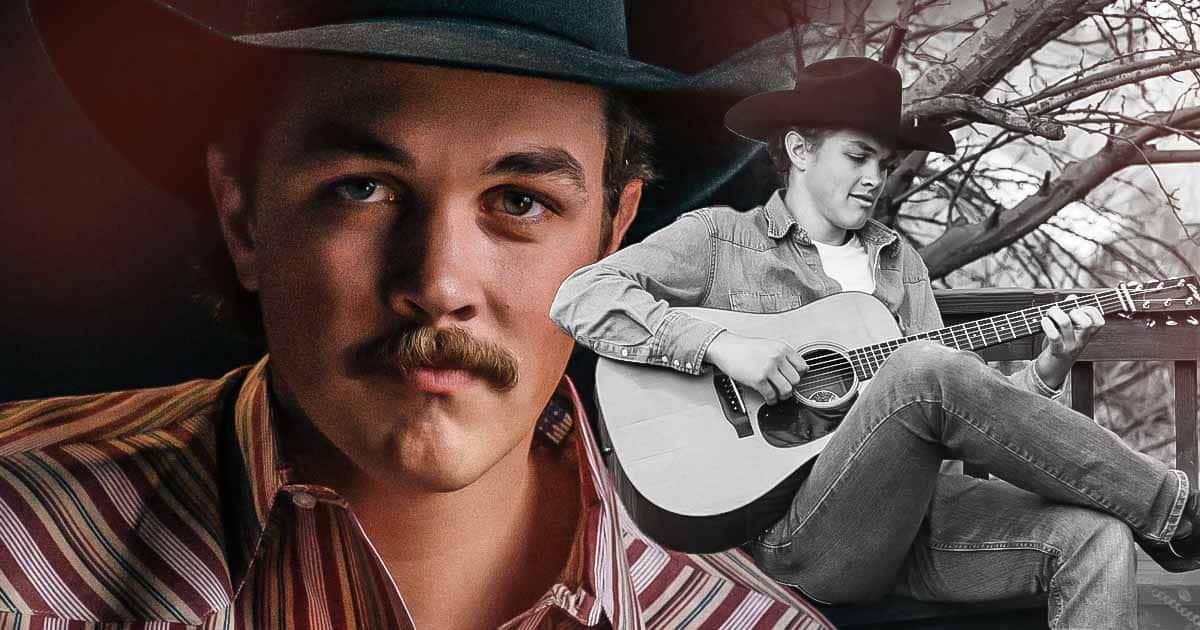Who is Fiddlin’ John Carson?
He grew up on a farm in Fanning County, Georgia. His father was a section foreman for the W&A Railroad Company. Through the use of an old Stradivari-copy violin that was brought from Ireland in the early 18th century, Carson learned to play the violin. He would play for tips on the streets of Copperhill when he was eleven years old.
In 1984, young John Carson got married. During the early ’90s, he was able to find different jobs in different companies such as the Exposition Cotton Mill in Atlanta. He worked there for the next twenty years and was eventually promoted as a foreman.
The Move to Georgia
Carson’s family decided to move to Cabbage Town, Georgia in 1911. Carson and his children worked for Fulton Bag and Cotton Mill. Due to a strike by the workers of the cotton mill, Carson loses his job. He was left with nothing to do but to perform for a living in the streets of North Atlanta.
Carson wrote several pieces that dealt with real-life drama like the murder of “Mary Phagan.” This piece was a result of the unjust decision by the governor of Georgia, John Marshall Slaton, regarding the murder of Mary Phagan. This drove Carson to an outrage which led him to write another version of “Mary Phagan”.
In his version, he accused the governor of being paid by a New York bank to give such a verdict in exchange for a million dollars. Consequently, Carson was later thrown into jail for a slander case.
Fiddlin’ John of Georgia
The First Annual “Georgia Old-Time Fiddlers’ Convention” that was held at the Municipal Auditorium in Atlanta on April 1, 1913, was the start of Carson’s career where he finished fourth. But for the next 8 years, from 1914 to 1922, he was proclaimed “Champion Fiddler of Georgia” seven times.
Robert L. Taylor, Tennessee’s governor named him “Fiddlin John.”
Carson began touring during 1919, mostly on the areas of North Atlanta with his band the Cronies. His link with many politicians of Georgia such as, Tom Watson, Herman Talmadge and Eugene Talmadge gave growth to new songs like the “Tom Watson Special.” John Carson and his daughter, Rosa Lee, began various performances for several political campaigns.
John Carson’s Recording Career
Polk C. Brockman, an Atlanta shop owner, has been instrumental in the distribution of records for Okeh. In early June of 1923, Broockman went to New York for its new business deal with Okeh Records. Eventually, he was asked if he knew an artist from Atlanta that could justify a recording trip to Georgia. Brockman promised an answer.
A few days after his prior meeting with Okeh records, Brockman was watching a newsreel at the Palace Theater in Times Square which had Fiddlin’ John Carson for an old-time fiddlers contest in Virginia. Brockman, mindful of his promise to Okeh Record, wrote down “Record Fiddlin’ John Carson” in his notebook.
Soon, Okeh Records and Brockman had their next meeting and Brockman persuaded Ralph Peer to have a recording session with Carson. Fiddlin’ John, already 55 at that time, had his first recording session in an empty building on Nassau Street in Atlanta. This recording was the first for a country artist and was said to be the beginning of the country music recording industry.
His first recording session came with two songs, “The Little Old Log Cabin” and “The Old Hen Cackled and the Rooster’s Going to Crow”. Peer wasn’t attracted to Carson’s singing style who described it as “pluperfect awful.” Nonetheless, Brockman persuaded Peer to produce five hundred for him to distribute.
In July of 1923, the first recording was immediately sold out on the stage of the next Fiddler’s convention on July 13, 1923. Peer, seeing the potential that John Carson has, immediately invited Carson to New York for another recording session. Carson decided to briefly stop recording in 1931.
In 1934, Carson decided to continue recording, but this time, with Victoria Label. For the span of 8 years, between 1923 and 1931, Carson recorded almost 150 songs. He did music collaborations with the “Virginia Reelers”, a string band, and with his daughter, Rosa Lee Carson who was also known as “Moonshine Kate.”
Over the span of his life, Carson was able to record 150 songs with only 9 to be ever copyrighted. But due to his inability to read musical sheets, Carson’s songs were transformed to a standard notation by Irene Spain.
Carson was involved in several copyright issues both with Okeh Records and other musicians.
In his latter years, Carson started a job with the local government of Atlanta as an elevator operator that was a product of his close relations with Governor Herman Talmadge.
Fiddlin’ John Carson died in 1949 in Atlanta Georgia.

